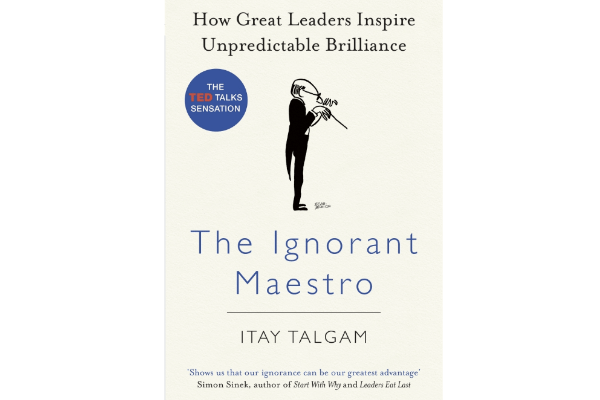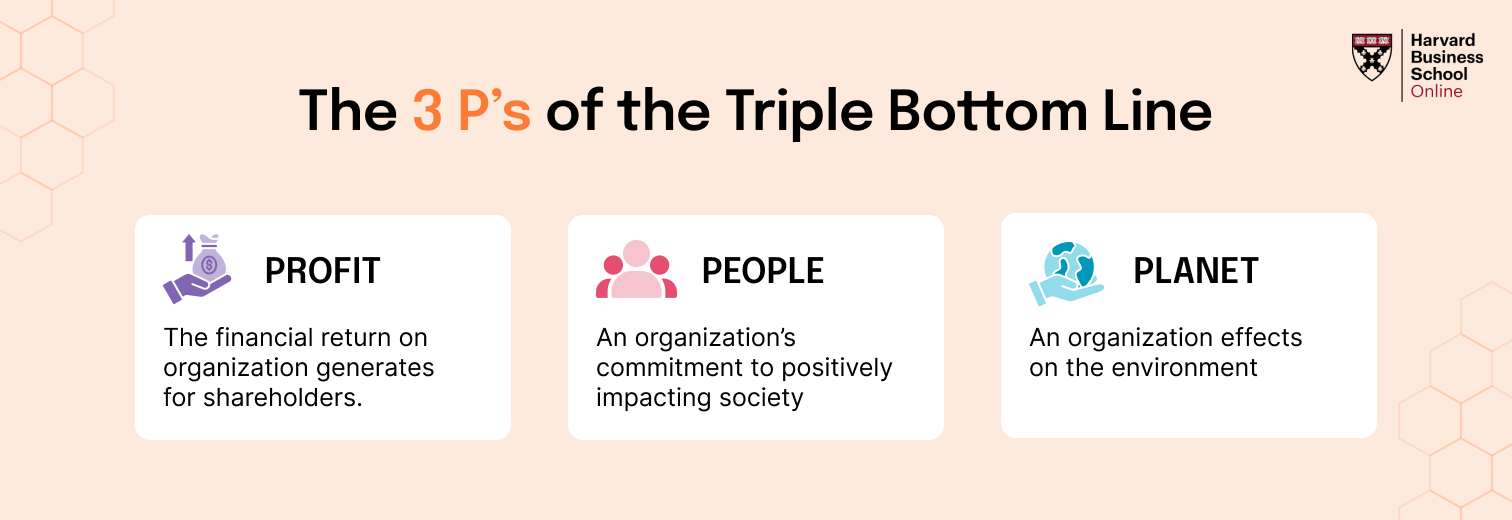In the wake of the pandemic, one thing has become abundantly clear. The future belongs to those who can adapt, innovate, and lead with vision and heart. I have found myself reflecting deeply on what truly sets apart leaders who merely manage change from those who spark transformation.
In my experience working with various leaders and teams, one truth keeps surfacing. It’s not just individual brilliance that makes a difference. It is the collective alignment toward a higher purpose, led by someone who believes in people just as much as performance. This is where transformational leadership takes center stage.
The Shift: Why Transformational Leadership Matters Today
Table of Contents
When the world shifted almost overnight, many of us were caught off guard. Our routines dissolved, teams scattered, priorities flipped, and uncertainty loomed like a permanent guest in every meeting. In this atmosphere, the leadership playbook had to be rewritten. Traditional models, built on stability and control, simply could not meet the moment.
So, how do we lead when change is constant, when empathy matters as much as execution, and when the answers are not obvious?
We lead with purpose. We lead with authenticity. We lead by inspiring others to do more than they thought possible.
This is the essence of transformational leadership.
Transformational leaders are not defined by titles or hierarchies. They are known for their ability to envision a better future and bring others along with them. They mobilize change at the individual, team, and organisational levels. More importantly, they walk the talk.
Let me walk you through four essential characteristics I believe every transformational leader must cultivate today.
1. Clarity of Purpose and the Courage to Pursue It
If there is one thing I’ve learned, it is that transformation always begins with purpose. Not a buzzword, not a campaign tagline, but a genuine sense of why we do what we do.
As a leader, my first responsibility is to connect the dots between organisational goals and human motivation. People will give their best only when they believe their work matters. And that belief begins with clarity.
In a post-pandemic world, where team members are often grappling with burnout, uncertainty, and a desire for more meaningful work, leaders must articulate a purpose that resonates.
But purpose alone is not enough. It must be backed by courage. Because transforming an organisation means questioning the status quo, making tough calls, and sometimes facing resistance from those who prefer predictability over progress.
I’ve had to make difficult decisions, including letting go of outdated processes, rethinking entire strategies, and empowering team members to challenge assumptions. Each step required conviction and a willingness to lead from the front.
One of the most effective ways I’ve found to activate this kind of purpose-driven change is by creating meaningful experiences. For instance, initiatives like The Leadership Challenge offer frameworks that help leaders explore their values, build trust, and lead with credibility.
Workplace takeaway: Align your team’s day-to-day work with a shared purpose. Let people see how their roles contribute to the bigger picture. This creates energy and ownership that no policy ever could.
2. A Growth Mindset That Drives Bold Vision
You can’t lead change if you are afraid of change. That’s why transformational leaders need a growth mindset not only for themselves but for the teams they lead.
There was a time when I believed leaders needed to have all the answers. Over time, I’ve realized that asking the right questions is far more powerful. Questions like:
- What if we tried this another way?
- How can we serve our clients better?
- What are we afraid of letting go?
These questions open doors. They invite learning. And they help shift the focus from short-term wins to long-term growth.
This mindset is especially important when market trends are unpredictable, client demands are evolving, and team dynamics are changing due to hybrid work environments.
What helps me most is the ability to zoom out and view challenges from an outsider’s lens. I try to think like a customer, or even like a future version of myself looking back. This simple perspective shift brings clarity. It removes ego and allows me to act with greater insight.
The concept of the “wise advocate,” introduced by Art Kleiner and colleagues in their book How to Manage the Mind in Difficult Times, resonates deeply with me. It’s about stepping back and taking decisions based on values, not impulses. It’s about leading with awareness.
Workplace takeaway: Build regular reflection into your leadership rhythm. Ask your team to challenge assumptions and explore new approaches. Innovation begins with curiosity, not certainty.
3. Listening Deeply and Staying Connected to Reality
I’ve often found that the most transformative leaders are also the most present. They are in touch with reality, not stuck in corner offices or caught in a loop of reports and dashboards.
The pandemic taught me the importance of staying connected. Whether through virtual town halls, anonymous surveys, or one-on-one check-ins, I learned to listen more than I spoke. Not just to words, but to emotions and patterns.
One of the biggest mistakes leaders make is thinking they have always to be the loudest voice in the room. In truth, powerful change often starts in quiet conversations. Those offhand comments from a team member about a broken process. A customer’s complaint that reveals a deeper systemic issue. An informal chat that hints at burnout.
As a leader, it’s my job to turn these signals into action.
To do that, I’ve used several tools and habits:
- Setting up anonymous idea boxes and regular feedback loops
- Hosting “What’s Next?” brainstorming sessions across levels
- Encouraging cross-functional storytelling
- Engaging informal leaders who influence culture beneath the radar
These methods are even more impactful when supported by a High Performance Team culture. When people feel safe to speak and supported to act, transformation becomes a collective mission.
Workplace takeaway: Don’t just collect feedback. Use it. Let your people see that their voices are shaping decisions. This builds trust and creates momentum for change.
4. Empowering Others to Lead With You
No leader, no matter how visionary, can transform an organisation alone. Real change takes a village. That’s why one of the most important characteristics of a transformational leader is the ability to build other leaders.
I’ve made it a point to identify and nurture leaders at every level. Not just based on titles, but based on trust, initiative, and influence.
Sometimes, the most impactful change-makers are not on the leadership team at all. They are the ones who rally their peers, question old ways, or suggest a better way of doing things. These informal leaders are gold. And they deserve to be seen, heard, and empowered.
That means investing in their development. Offering mentorship, coaching, and space to grow. Giving them a chance to lead projects, make mistakes, and learn in real time. And most importantly, allowing autonomy.
A key insight I’ve gained is that control stifles creativity. When we try to over-manage people, we clip their wings. But when we give them a purpose, the tools to act, and the freedom to make decisions, magic unfolds.
One way organisations can make this part of their DNA is by investing in structured development journeys like Strategic Thinking. These programs help teams align long-term vision with actionable insights, equipping emerging leaders to think and act decisively.
Workplace takeaway: Make leadership development part of your culture. Identify informal influencers. Support their growth. When people feel seen and trusted, they step up.
The Balancing Act: Structure Meets Freedom
A transformational leader must also master the paradox of structure and freedom. Without structure, there is chaos. But without freedom, there is stagnation.
I’ve learned to strike this balance by setting clear expectations and boundaries while encouraging experimentation. Our team has weekly goals, but also space for creative exploration. We have defined roles, but also flexibility in how those roles evolve.
We don’t just measure output, we measure initiative. We reward not only results, but also resilience and collaboration.
One small change that made a big difference was replacing traditional performance reviews with ongoing coaching conversations. This made feedback more timely, relevant, and human. And it encouraged people to focus on growth, not just grades.
Workplace takeaway: Create a culture where accountability and autonomy co-exist. Give your team clarity, but also let them find their own path to results.
Final Thoughts: Leading Through the Unknown
Transformation is not a one-time event. It is a mindset, a muscle, and a movement. And it begins with leaders who are willing to look inward before looking outward.
In my journey, I’ve come to understand that transformational leadership is not about having all the answers. It’s about creating an environment where people can ask better questions, take bold action, and become leaders in their own right.
It requires purpose, vision, empathy, and trust. It asks us to evolve continuously and to see uncertainty not as a threat, but as a canvas for possibility.
As we continue navigating this unpredictable world, may we all strive not just to manage change, but to inspire it. Not just to survive the next shift, but to shape it with intention.
Let us lead with heart, clarity, and courage. Because in doing so, we don’t just transform teams or companies. We transform lives.










